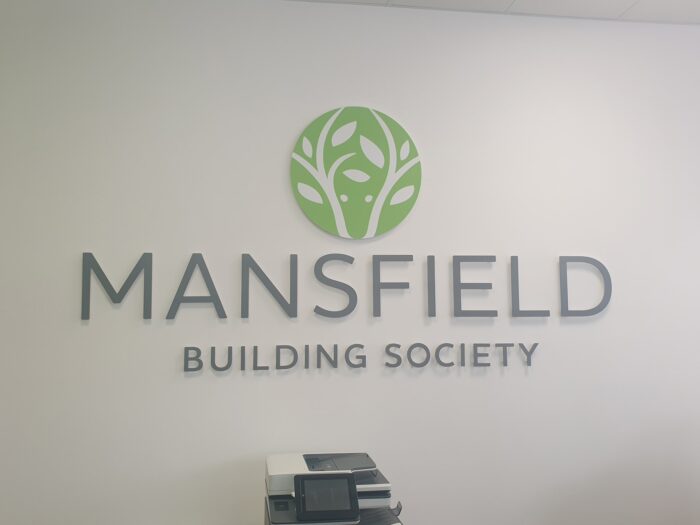Construction Signage
As most site owners will know, construction sites pose many hazards and can be dangerous places, especially to unauthorised visitors, which is why appropriate construction signs are a crucial part to health and safety, to protect both workers and the public.
From cautionary warnings to directives, construction site signage plays a pivotal role in maintaining safety, order, and efficiency.

What are the different types of construction signs?
There are a variety of different types of construction signage, each having a different purpose from maintaining safety, providing guidance or communicating essential information.

Warning Signs
Warning signs for construction sites could help to prevent accidents by alerting individuals to specific dangers or hazards. For example, warning people of potential falling debris or keeping clear of machinery.
Safety Signs
Safety signs can include instructions such as hard hats required to keep workers on construction sites safe or prevent accidents from happening either to workers or the public by highlighting a step with a “watch your step” sign.

Emergency Signs
Emergency signs for construction sites can highlight people to the location of emergency resources, first aid stations, procedures, even highlight evacuation routes. They might include emergency assembly points, fire exits, etc.
Regulatory Signs
Often on construction sites you’ll find areas that are no entry zones, no trespassing or authorised personnel only etc. These types of construction site signs are important to meet compliance requirements and convey regulatory information.

Directional Signage
Directional construction signage helps with the flow of traffic and directs vehicles and pedestrians to areas within the construction site such as entrance and exit signs.
Informational Signs
Informational signs are a form of custom construction signs that may include information such as site manager contact details, emergency procedure etc. They could also include simple signs such as construction in progress.

What construction signs do I need?
The construction signs that you need to display on your site will vary depending on the nature of your project and the regulations in your area. Typically, construction site required:
- Warning Signs such as road work ahead signs or lanes closed signs.
- Guide Signs such as detour arrows or to help with navigation around a construction site.
- Informational Signs such as information about the project.
- Safety Signs such as hard hats required or authorised personnel only.
- Hazard Signs such as presence of overhead cranes or high noise areas.
How to choose construction signs?
There are four things to consider when choosing the construction site signs:
Compliance
Ensure that your signs are compliant with regulations for your area.
Visibility
Make sure your signs are visible at all times, not obstructed by anything such as bushes and can be clearly seen at night or in poor weather conditions.
Durability
Your signs need to be able to withstand all environmental conditions.
Clarity
Your signs need to be easy to read and understand.
Where to place my construction signs?
If you want your construction signs to be effective then they need to be placed correctly. For example, a no trespassing sign would be placed around the perimeter of the construction site whereas a speed limit sign would be placed within the construction area.
You also want to consider the visibility of the sign for its intended readers whether that’s pedestrians or drivers, the height and angle of the signs and the spacing of signs to ensure clear communication.
One of Nottinghamshire’s leading signage makers
Latest Case Studies
Get in touch with our team
If you’d like to discuss your school or college signage requirements with one of our experts, please fill out the form below.

